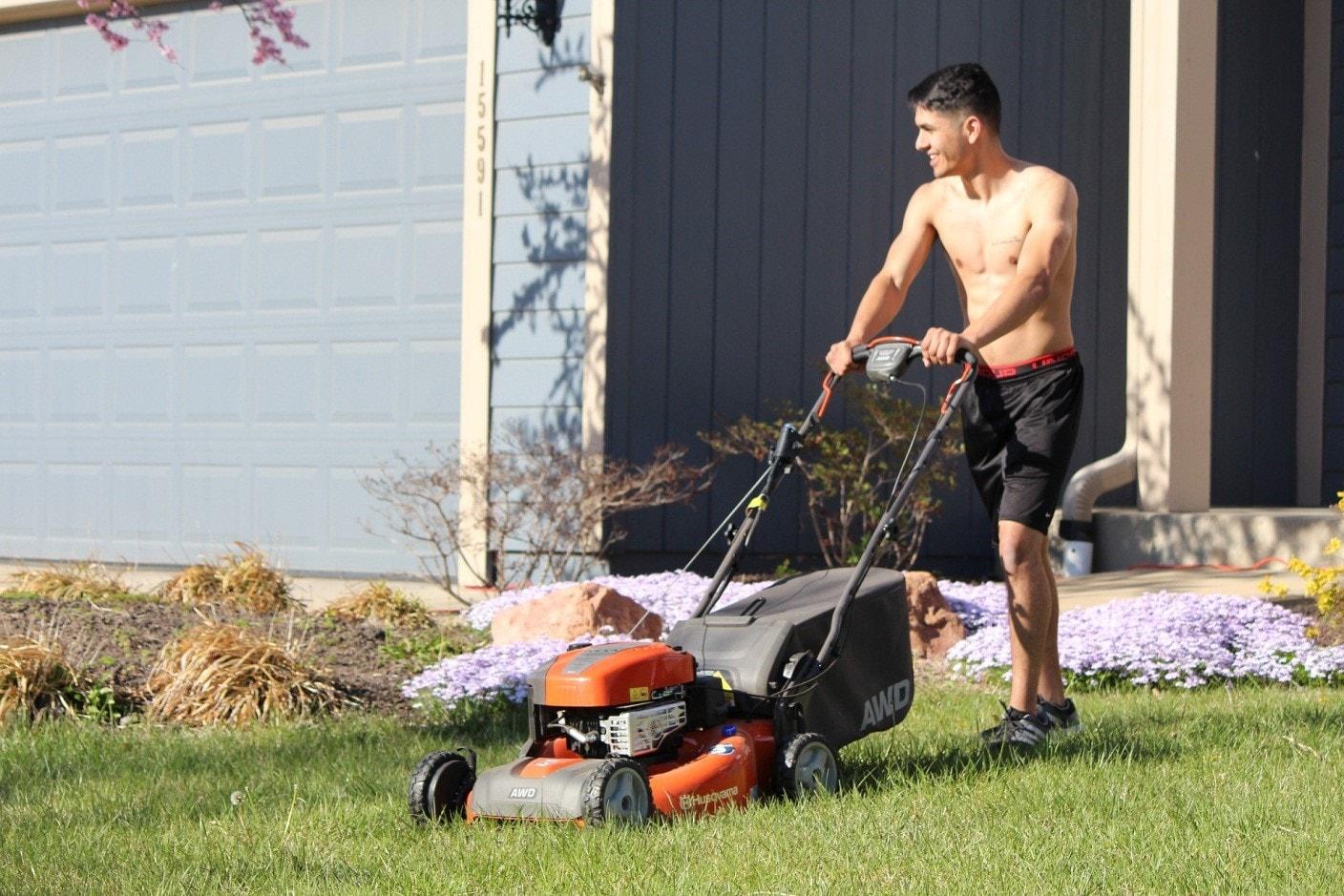Sometimes, you may encounter some severe lawn issues such as burning or having brown patches that can damage your lawn significantly and cannot be improved just by a few simple steps. The best solution for this situation is to reseed your lawn. Reseeding is an all-in-one solution that can help make your lawn look better. However, it takes many tasks and requires time, patience, and efforts from the garden owners. Let’s check the instructions below to understand more about every step of reseeding.
Overall, there are 3 steps that you should do when reseeding. The first step is to create a good environment for new grass. It means cleaning up old grasses, removing all the things that could harm the new grasses, and enhancing the quality of your soil also. The next step is to seed correctly to make sure that germination rate would be the highest, and finally, the last step is about the tips to make sure that new grasses will grow healthy
Some tips to reseed your lawn
Preparing before Reseeding

Step 1: Kill the old grasses
Of course, before you seed the new grasses, removing the old ones are necessary. To kill the old grass, you can use the black plastic film, lay it over the area of grass you would like to kill, and fix it with rocks, stakes or bricks. Then, all you need to do is wait. The sun will do the rest of this step by burning the ground and killing the grass and weeds. The period of time to remove all of the grass will depend on the regional weather. It may take 2, 3 or even 8 weeks.
Note: There is another way to kill grass: use chemical products. However, be careful when applying it to your lawn. If not, it may harm your health also.
Step 2: Rake
When the grass and weeds on your yard are dead and turn brown, it is time to remove them. You just need to rake carefully to make sure that the dead grasses are removed, including their roots. This is one of the most important steps because it will create a clean and clear soil for new grass to grow healthily. You can use a broom rake or a multi-purpose tool to pull out the debris and thatch too.
Step 3: Improve the quality of your soil
Now, we are going to seed the new lawn. Therefore, we should check and improve the quality of our soil in order to create a good condition for grass to grow. In this step, you should do the soil test first by bringing the sample of it to a local lab to see how balanced our soil is. When taking the sample for the test, try to collect the sample under 6 inches from the surface. The result of this test will help you know what type of fertilizers and nutrients you should add to your soil. You just need to show the result to the experts, and ask them for advice. They will tell you what type of fertilizer you should use for your soil.
Next, use a soil conditioner to till the soil to the depth of 5 inches. This step is recommended by many experts in order to discover and fix all of the underlying issues. It also helps to loosen the soil, which can make the new added nutrients absorb evenly and the roots of new grasses develop well.
Finally, add the proper fertilizer to your soil. The type and the amount of fertilizer should be decided based on the soil test, and you should follow the advice of the experienced gardeners. Besides that, do not forget to read the instructions carefully which were printed on the bag of the product.
Seeding

Step 4: pick seed and prepare seed
After picking a good condition for your new grass to grow, it is time for picking the best grass seeds we recommended at here. You can either pick the last type of grass that has grown well on your lawn in the past, or pick a new one after asking the local experts for advice. Actually, this is a good chance for you to replace the entire lawn with a new kind of seeds. Just make sure that the new seeds can adapt to the local weather.
Step 5: Seeding
This seems the easiest step of the whole process, but it still needs a little help in order to ensure the germination rate. We should fill the spreader with a right amount of seeds as recommended on the seed bag. Using the right amount of seeds will help us to avoid wasting seeds and ensure our grass will grow evenly and healthily. Before seeding, you can freeze the seeds overnight to accelerate the germination process.
Step 6: Cover lawn with mulch
After seeding, you can cover the surface with compost mulch. This layer will work as a water retention “blanket”. During germination, soil should be moist most of the time, and this layer will help us control the evaporation.
Take care of the new lawn after reseeding

Watering
To ensure that your lawn can grow up properly, watering is the first thing you should do after the second step. As I said above, the new seeded lawn requires moisture to germinate. Therefore, please remember to water regularly and deeply (from 4 to 6 inches of depth). From the beginning, you can water lightly or two times a day. When your new grasses reach 1 inch tall, watering once per week is sufficient until they reach 3 inches tall.
Mowing
You may wonder why should we mow the new grass? Actually, the key is the sooner you mow your grasses, the better they will grow up. Until the grasses mature enough to resist other treatment (such as weed controlling, insect & bug controlling), we need to mow at least three times. Therefore, when your grasses reach 2 – 3 inches tall, use suitable types of lawn mower and do the mowing.
Conclusion

Reseeding is a long-term project, in which you will need to ensure every step is done correctly. Each step is an important part of the process, and together it will help us to build our beautiful garden. These steps above will help you to perform reseeding by yourself without having anyone doing it for you, so learn and apply them. It may take much time and effort, but we all know that it is worth it in the end.
Last Updated on


Reply